Many Brits celebrate Halloween on October 31st, which is definitely one of the country's most popular annual festivals. While Halloween may evoke images of pumpkins, candy, and frightful costumes, do you know anything about the history behind these eerie celebrations?
It is one of the most anticipated autumn festivals, combining historic traditions with modern entertainment. There's no need to open your history books; this article will guide you through the basics, development, traditions, and some unique methods to celebrate Halloween in the UK.
|
Key Takeaways: |
|
Halloween Basics in the UK: When, Origins, History
Halloween is a major British event that combines old Celtic traditions, Christian culture, and modern celebrations. Although not an official holiday, it is one of the most essential autumn cultural events, particularly for families with children. The following provides an introduction to the origins, history, and significance of Halloween in the UK.
When Halloween Is Celebrated
Many countries celebrate Halloween on October 31st, which is the eve of the Western Christian celebration of All Hallows' Day. While Halloween is celebrated on October 31st, related events typically take place on the evening of that day.
Origins of Halloween
Halloween is a long-standing British tradition that dates back more than 2,000 years to the Celtic era and the ancient celebration of Samhain. The Celts believed that October 31st signified the end of summer and the start of winter, a period when the distinction between life and death was most blurred.
It was believed that on this day, the souls of the deceased would return home; therefore, people would build bonfires, wear animal skins or masks, and perform rituals to ward off the ghosts. In the eighth century, the Roman Catholic Church declared November 1st as All Saints' Day to honour all saints. As a result, October 31st came to be known as All Hallows' Eve, which was ultimately abbreviated to Halloween.
The History and Development of Halloween
Halloween was celebrated for centuries in Ireland and Scotland. It wasn't until the 19th century that large numbers of Irish and Scottish immigrants brought many Halloween customs to North America, gradually shifting from religious observances to family gatherings and recreational activities. Through American influence, various Halloween customs spread to other countries in the late 20th and early 21st centuries, in turn influencing modern celebrations in the UK.
How to Celebrate Halloween in the UK: Traditions
Traditional Halloween celebrations in the UK combine ancient Celtic customs, Christian traditions, and folk practices to create a mysterious and enjoyable atmosphere. The following are the primary ways that the British customarily commemorate Halloween:

Costumes
The British dress up as ghosts, witches, vampires, zombies, skeletons, and other supernatural characters for both entertainment and to continue the ancient tradition of wearing outlandish clothing to ward off evil spirits. This tradition originates from the Celtic practice of disguising oneself as evil spirits to ward off the spirits of the dead. During Samhain, the Celts feared that evil spirits might lurk within, so they disguised themselves to confuse and ward off wandering spirits, thereby preventing harm.
Carving Jack-O-Lanterns
People hollow out pumpkins, carve faces or designs into them, and place candles inside. This tradition originates from Irish folklore, not Scrooge. People carved scary faces into turnips and placed them near windows or doors to scare away Jack and other evil spirits. When Irish immigrants moved to the United States, they began using pumpkins instead of turnips. Later, the British retained the pumpkin tradition because it was easier to hollow out and carve than other types of fruit.
Trick or Treat
Children dressed as ghosts would knock on doors and shout "Trick or treat!" in the evening. Neighbours would hand out candy, or face mischief (such as having their windows soaped). However, this activity evolved from several traditional practices.
In Britain, from the Middle Ages to the 1930s, groups of Protestants and Catholics would travel from parish to parish, begging for soul cakes from the wealthy. In Scotland and Ireland, children dressed in costumes would go door-to-door, begging for food or coins. These customs were introduced to the United States by Irish and Scottish immigrants, gradually evolving into the modern practice of trick-or-treating.
Apple Biting
Traditional Halloween activities, such as apple biting, remain popular: participants place an apple in a bowl of water and pick it up with their lips rather than their hands. Apples represent fertility and eternal existence. The game gradually evolved into a divination game, with successfully eating the apple forecasting good fortune and the first person to bite it possibly being the first to marry in the coming year.
Telling Ghost Stories
Ghost storytelling is a popular Halloween pastime, particularly during the Victorian era. Families and friends gather around the fire, holding candles and recounting local legends like the Headless Horseman and the Ghost Dog.
Enjoying Halloween Food
Many Western Christian denominations abstain from meat on Halloween, leading to the development of various vegetarian dishes associated with this day. Candy apples (or toffee apples), caramel apples, or taffy apples are common Halloween treats. Pumpkin pie or pumpkin soup is also a must-try Halloween delicacy.
How to Celebrate Halloween in the UK: Creative Ideas
Celebrating Halloween in the UK can be a creative and immersive experience, incorporating the rich local spirit and traditions. Whether you're planning an intimate gathering at home or an adventurous night out with friends, the following Halloween celebration ideas are perfect.

Themed Costume and Look Competition
The themes for this competition extend beyond the horror genre. You can choose from several themes, including Dracula's London Night, Shakespeare's Ghosts, and Cornish Creatures, which encourage participants to embody aspects of British culture. Create a runway section where guests can showcase their own flair while listening to vibrant music. The award categories are Scariest, Most Creative, and Funniest.
Suspense Script Murder
Prepare a pre-written murder mystery and guide guests through a tense evening. Create an original or adapted script using Halloween legends set in British castles, Victorian homes, or murders on foggy nights in London. Each guest will be allocated a character with their own secrets, motivations, and clues. Discover the truth through conversation, clue-finding, and deduction.
Haunted House Adventures
For history aficionados and thrill seekers, guided ghost tours through historic areas provide not just terrifying stories but also genuine frights. Many cities offer pub-themed ghost tours, which combine local stories with evocative pubs and meld lore with good wine.
For example, in London, you can play the detective role in Sherlock: The Official Live Game, searching for clues and solving puzzles in an immersive escape game. Create a fascinating escape room experience in a room of your home with puzzles, riddles, and hidden clues.
Speciality Baked Goods and Treats
If you're hosting a Halloween party at home, consider preparing some creepy yet delicious British treats to impress your guests. Consider finger-shaped scones, mummy sausage rolls, eyeball-shaped jelly, spiderweb-patterned pumpkin pie and blood-colored raspberry juice. Alternatively, schedule a ride on the London Halloween Afternoon Tea Bus for a conventional afternoon tea complete with finger sandwiches, "screaming bloody" cupcakes, and "magic macarons."
Creative Crafts
If you or your children are already excited in the weeks leading up to Halloween, capitalise on the excitement with some creative Halloween crafts. Besides jack-o'-lanterns, you can also make ghost masks, bat-wing headbands, magic potion bottles, monster masks, and more.
Tips for a Perfect Halloween
A perfect Halloween in the UK involves creating a joyful atmosphere while also taking into account the local climate and community traditions. Here are some valuable guidelines to help you celebrate safely, cheerfully, and appropriately:

Tip 1: Create a Careful Halloween Atmosphere
British families frequently build iconic Halloween scenes on their front steps or in their gardens, utilising jack-o'-lanterns, spider webs, spooky hangings, and fairy lights. To add to the region's uniqueness, consider incorporating local British characteristics, such as Gothic architecture, silhouettes, or cottage themes, to enhance the area's distinctiveness.
Tip 2: Pay Close Attention to the Weather
Late October weather in the United Kingdom may be unpredictable, with rain and strong winds common. Before you go, check the BBC Weather or the Met Office forecast. Bring a waterproof jacket, non-slip shoes, and portable rain gear to ensure an unbroken evening of trick-or-treating. In the event of inclement weather, consider moving the gathering indoors, perhaps to a smaller party.
Tip 3: Consider Utilising Battery-Powered Candles
Candles and lit pumpkins provide a delightfully eerie ambience, but they also offer a fire risk, particularly in strong winds or dry weather. To reduce the risk of fire, consider switching to LED/flameless battery-powered candles, which are suitable for families with children or pets. If you want your candles to last longer, utilise a portable power source (such as a Jackery Portable Power Station).

Tip 4: Young Children Must Be Accompanied by an Adult
It is recommended that a parent or guardian accompany children under 12 years old at all times when trick-or-treating. Pre-planning a route for children over 12 and providing a means of contacting a trusted adult when needed can help them navigate more freely and reduce risks.
Tip 5: Respect Your Neighbours' Privacy and Cultural Customs
Not all families participate in Halloween. If there are no decorations or lights on their front door, understand that they are not participating and avoid knocking on the door. Trick-or-treating typically takes place between 5 and 8 p.m.; going later than that is considered rude.
Jackery Portable Power Stations Explained
Jackery Portable Power Stations are an excellent choice for powering your Halloween party or decorations, both indoors and outdoors. It eliminates the need for long extension cords and proximity to wall outlets. You can power decorations, lighting, and speakers anywhere—at the end of your driveway, deep in the yard, or in the middle of a room.
Jackery models are typically designed to be easy to carry, making them simple to move from your indoor party space to the outdoor haunted display. Unlike gas generators, Jackery Portable Power Stations are battery-powered, producing no noise (they are whisper-quiet, often <30dB) and, most importantly, no toxic fumes. This makes them perfectly safe to use indoors for lighting, sound systems, or even powering indoor effects.
Jackery Explorer 2000 v2 Portable Power Station
The Jackery Explorer 2000 v2 is an excellent choice for powering both indoor and outdoor Halloween decorations and party essentials. Its combination of high-capacity power, portability, and safety features makes it ideal for a spooktacular night.

High-Capacity & Powerful Output for All Your Scares: The Explorer 2000 v2 delivers serious power, ensuring your most dramatic decorations run flawlessly all night long. The 2042Wh capacity means you don't have to worry about your decorations going dark midway through the night. For a typical evening of Halloween fun, it can sustain a combination of lights, sound, and special effects. 2200W-rated AC Output (with 4400W Surge Peak) is crucial for handling demanding props and special effects.
Ultimate Portability for Flexible Placement: Utilising Cell-to-Body (CTB) technology, the unit is approximately 40% smaller and 34% lighter than comparable LiFePO4 power stations. It weighs only 38.6 lbs. This is light enough for one person to carry comfortably around the yard or up and down stairs while setting up. Its compact size (13.2 x 10.4 x 11.5 in) means it can be easily hidden behind a hay bale, beneath a tombstone, or inside a decoration box to keep your power source out of sight.
Whisper-Quiet Operation (Under 30dB): The advanced cooling system operates at a noise level quieter than a library. This ensures that the only chilling sounds your guests hear are the intended audio tracks and sound effects, not the drone of a generator. Unlike gas generators, the 2000 v2 is emissions-free, making it perfectly safe to use indoors to power displays in a living room, basement, or garage without ventilation concerns.
LiFePO4 Battery Longevity and Safety: The Lithium Iron Phosphate (LiFePO4) battery chemistry is renowned for its high safety profile and durability, capable of lasting 4000 cycles to 70%+ capacity, equivalent to a 10-year lifespan with daily use. This guarantees dependable power for many Halloweens to come. Should you need to recharge for a weekend-long event, the AC input can fully charge the unit in approximately 1.7 hours. Alternatively, you can use the "Emergency Super Charge" feature via the app for even faster charging.
|
The Jackery Explorer 2000 v2 Running Time for Halloween |
|
|
Fog Machine (400W) |
4.1 Hrs |
|
Air-Blown Inflatable (150W) |
10.9 Hrs |
|
Projector (120W) |
13.6 Hrs |
|
Sound System (100W) |
16.3 Hrs |
|
Battery-Powered Lantern (20W) |
81.7 Hrs |
(*The running time is provided for reference only; the actual working hours are based on usage.)
Jackery Explorer 1000 v2 Portable Power Station
The Jackery Explorer 1000 v2 is an excellent choice for powering both indoor and outdoor Halloween parties and decorations. It can recharge quickly (as fast as 1.7 hours via an AC wall outlet), meaning you can top it up easily between nights of decoration running or before the big party.

Sufficient Capacity: With a 1070Wh (Watt-hour) capacity, it can run multiple decorations and party essentials for an extended period, especially since most Halloween decorations (like string lights, LED props, and small sound systems) are low-wattage. It could power String Lights (10W) for approximately 35 hours, a Projector (150W) for over 5 hours, a Sound System (300W) for nearly 3 hours, or a Fog Machine (500W) for around 3.4 hours (runtime will vary based on device usage and efficiency).
High Power Output: The 1500W AC continuous output (and 3000W surge peak) means it can handle demanding special effects equipment, such as professional fog machines, animatronics, or more powerful speakers, without tripping immediately.
Goes Anywhere: Its lightweight design (around 23.8 lbs) and built-in handle make it highly portable. You can place it exactly where you need power—at the end of your driveway for a spooky walk-through, in the middle of your yard for a projection display, or on a porch for a party.
No Extension Cords or Tripping Hazards: Running long extension cords for outdoor decorations is unsightly and a tripping hazard, especially in the dark. The Jackery eliminates this, offering a clean, localised power source.
Safe Battery Technology (LiFePO4): The v2 utilises LiFePO4 (Lithium Iron Phosphate) battery cells, which are recognised for their safety, stability, and extended lifespan (rated for 4000 cycles to 70%+ capacity). This is crucial when powering equipment around guests and children.
Emergency Power Backup: It provides an excellent backup power source. If your main house power trips due to too many decorations or a sudden outage, the Jackery can keep essential party elements (like music, a light, or a key prop) running, ensuring the "Halloween magic" continues.
|
The Jackery Explorer 1000 v2 Running Time for Halloween |
|
|
Fog Machine (400W) |
2.1 Hrs |
|
Air-Blown Inflatable (150W) |
5.7 Hrs |
|
Projector (120W) |
7.1 Hrs |
|
Sound System (100W) |
8.6 Hrs |
|
Battery-Powered Lantern (20W) |
42.8 Hrs |
(*The running time is provided for reference only; the actual working hours are based on usage.)
Is Halloween Different in the UK than in Other Countries or Regions?
Compared to other countries or regions, Halloween in the UK shares some similarities with, but also possesses some unique characteristics. The following are the main differences between Britain and other countries:
Differences in History and Development
Halloween's origins can be traced back to the ancient Celtic festival of Samhain. Britain is one of the birthplaces of this tradition, so its cultural roots are more deeply established. The British emphasise Halloween's connection to ancient folklore and mystical legends. While Halloween in the United States also stems from Celtic traditions, it has evolved to become highly commercialised and entertaining, with a greater emphasis on mass participation and consumption.
Differences in Celebration Styles
The British celebrate Halloween in a more subdued manner, with many families displaying simple decorations and children visiting neighbours' homes to ask for candy. In Scotland and Northern Ireland, people also light bonfires and tell ghost stories.
Halloween in the United States, however, is considered the second-largest holiday, with larger-scale celebrations. In Southern Europe, ordinary people often take a day off to mourn, spending it chanting prayers and visiting cemeteries to pay their respects to the deceased.
Religious and Cultural Differences
Halloween in the United Kingdom retains some ties to Christian All Saints' Day (November 1st), but it has generally become more secular and entertaining in nature. Other Christian countries place a greater emphasis on religious values. For example, in Poland, Halloween is more solemn, with people visiting cemeteries, burning candles, and creating a sombre ambience.
Overall, Halloween in the UK retains more traditional and folk elements, and its celebrations are relatively restrained. In contrast, in the US, it has evolved into a commercial and cultural extravaganza for the entire population. In Southern and Eastern Europe, Halloween is associated with deceased loved ones and used to commemorate them.
Is Halloween Popular in the UK?
Yes, Halloween is hugely popular in the UK, with large-scale celebrations taking place on October 31st. Many British families, including children and adults, celebrate Halloween by dressing up, carving jack-o'-lanterns, and trick-or-treating. Some cities and villages also hold Halloween parades, haunted houses, themed parties, and light shows. Famous tourist locations, such as the Tower of London and the Old City of York, organise horror nights, attracting large audiences.
Why Is Halloween So Popular in the UK?
Halloween originated with the Celtic holiday Samhain. The United Kingdom is a significant birthplace of Celtic culture, and its legacy is deeply ingrained in the region. Furthermore, Halloween is a family-friendly event, with parents frequently dressing up and asking for candy alongside their children, which often fosters close parent-child bonds.
Halloween also increases UK economic spending. According to available data, British citizens spend hundreds of millions of pounds on Halloween each year, including costumes, candy, decorations, and party supplies.
In 2019, Halloween spending in the UK exceeded £ 474 million. Despite the current cost of living, this sum is predicted to rise to £776 million by 2024.
In short, Halloween's popularity in the UK originates from its deep historical and cultural roots, which have successfully adapted to modern society's entertainment and market needs.
FAQs
The following are the frequently asked questions about Halloween in the UK:
1. What is Halloween, and why is it celebrated?
Halloween, observed on October 31st, is derived from the ancient Celtic celebration of Samhain, which marked the end of summer and the beginning of the harvest season. Initially, the Celts believed that on the night of October 31st, the boundary between the living and the dead blurred, and the spirits of the deceased returned to the mortal world. To fend off the spirits, the Celts lit bonfires and dressed in Halloween costumes. Over time, these festivities melded with Christian traditions, resulting in the Halloween we know today.
2. Why is Halloween on October 31st?
Halloween, observed on October 31st every year, has a history that dates back to ancient Celtic rituals and the subsequent influence of Christianity. The Celts thought that on the night of Samhain (October 31st), the border between the living and the dead blurred, and the spirits of the deceased returned to the mortal realm. Furthermore, Christianity spread to Celtic territories around the eighth century AD. The church named November 1st as All Saints' Day, while October 31st became All Hallows' Eve, which was ultimately abbreviated to Halloween.
3. What is the spiritual meaning of Halloween?
Halloween's spiritual importance can be traced back to ancient customs, including the Celtic feast of Samhain. Spiritually, Halloween represents the transition between life and death, and an opportunity to confront and release fears or negative energy. It encourages contemplation on the mysteries of life, death, and the unknown.
4. What are the rules for trick-or-treating on Halloween in the UK?
While there are no specific rules for trick-or-treating in the UK, there are some unwritten rules that should be followed. The simplest one is that trick-or-treating children are generally expected to be welcome at homes with pumpkins outside.
Houses without pumpkins or clearly displaying "Do Not Disturb" signs should be respected and avoided. While there is no minimum age requirement for trick-or-treating in the UK, it is always recommended that young children be supervised when out trick-or-treating. Those taking their children out for Halloween should choose a neighbourhood they are familiar with.
Final Thoughts
Although Halloween is not a public holiday, it is getting increasingly popular. On October 31st, many people in the United Kingdom celebrate Halloween with costume parties, trick-or-treating, and pumpkin carving. On this day, both kids and adults can have fun dressing up, eating candy, and exploring a mysterious setting.
However, when observing Halloween, it is essential to remember the local climate and cultural traditions. In the event of inclement weather, consider holding the event indoors, such as a small gathering or meeting. Additionally, portable power sources, such as the Jackery Portable Power Station, can help power electronics and appliances both indoors and outdoors, making them ideal for use during Halloween parties or for decorating.





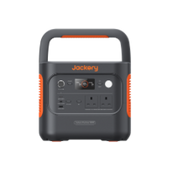

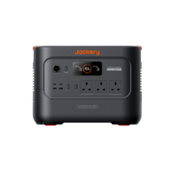

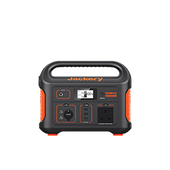

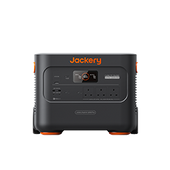
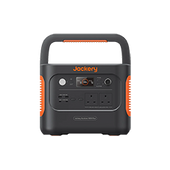

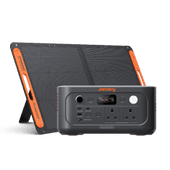


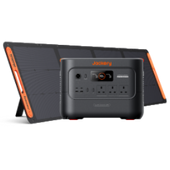


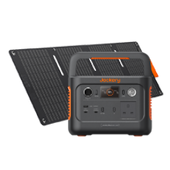
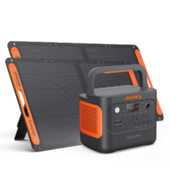






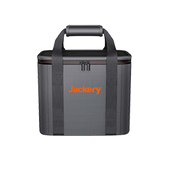










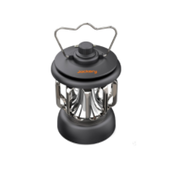
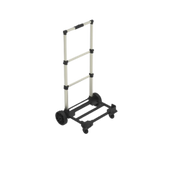


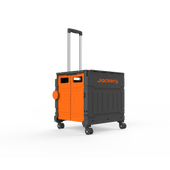


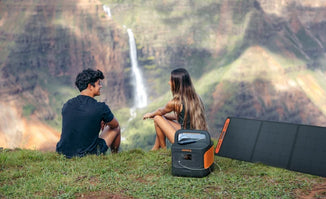
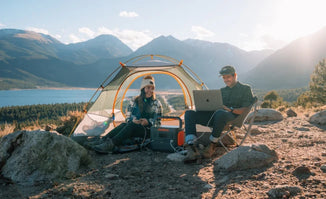





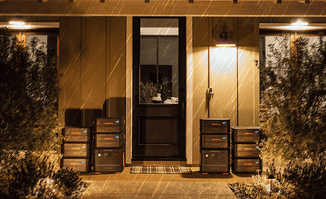
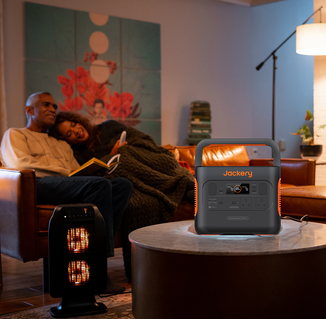








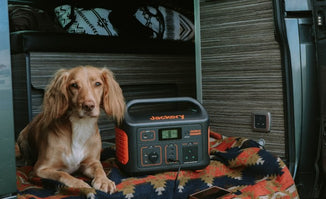
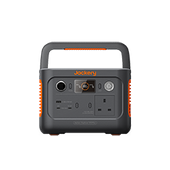


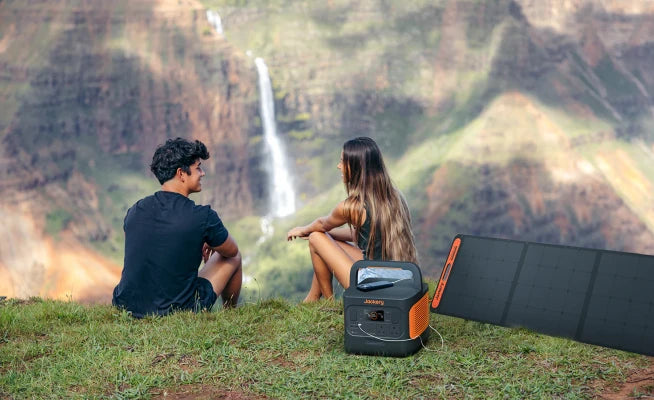
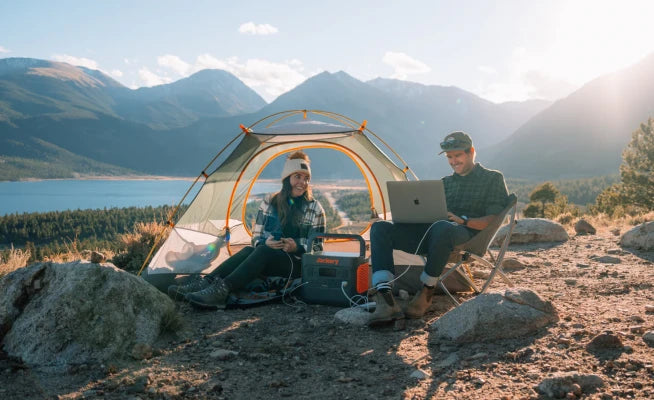





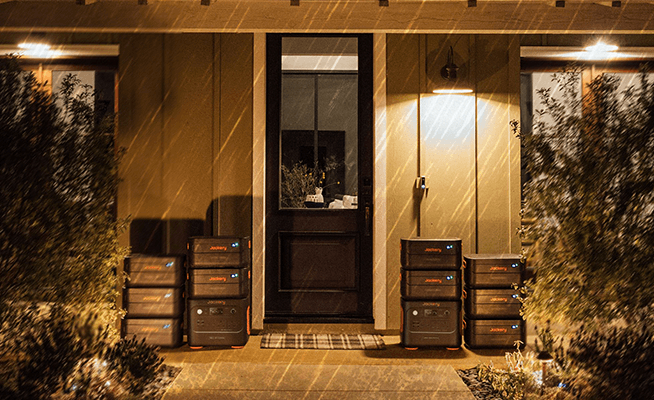
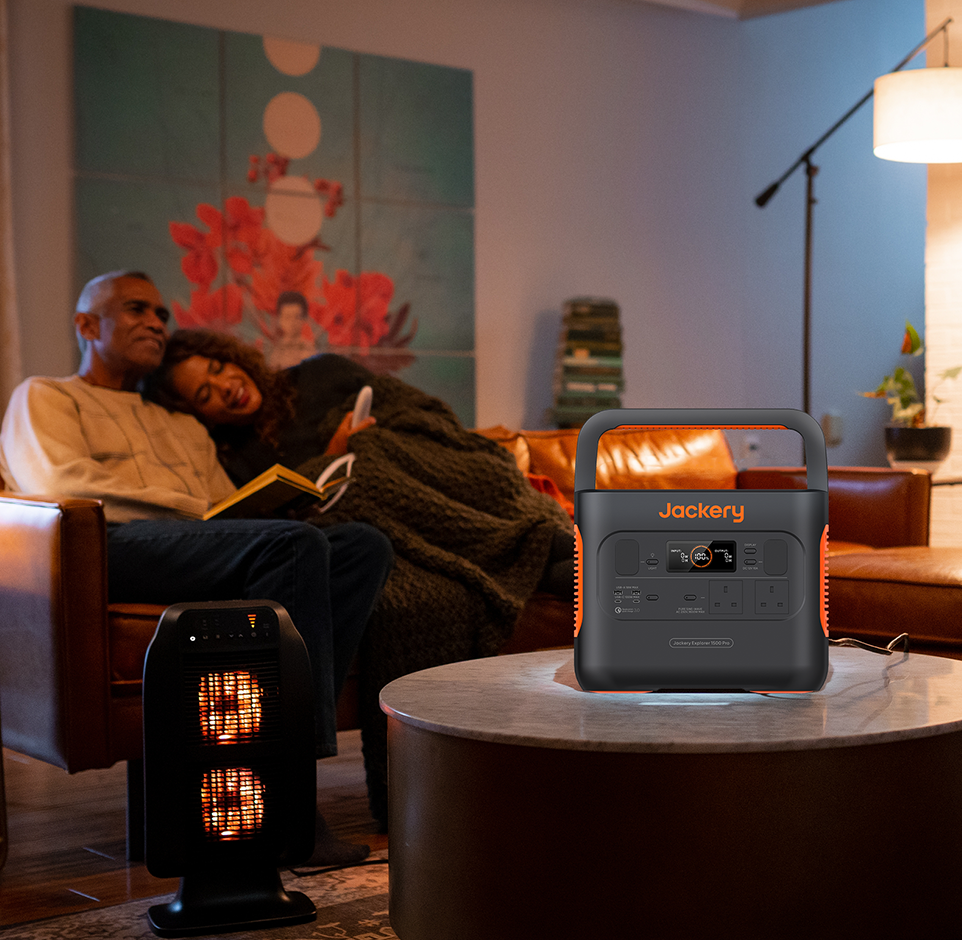







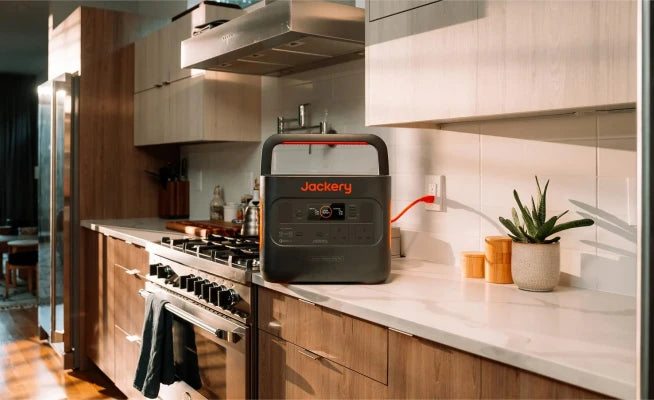
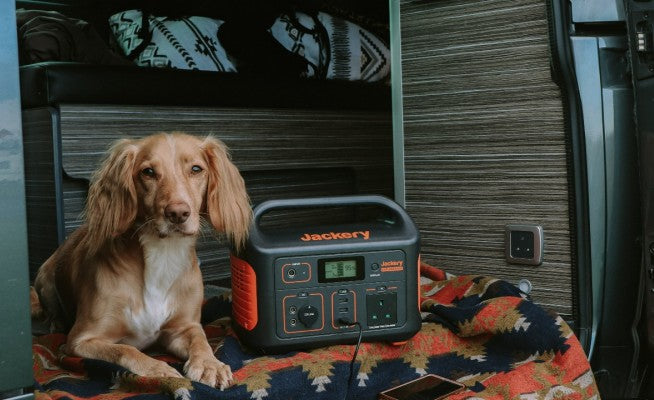






![How to Celebrate Halloween in the UK [2025 Update]](http://uk.jackery.com/cdn/shop/articles/halloween_2025_uk_guide_0f8fd4d9-4af3-4394-a44a-bc861726b31f.png?v=1760672347)






